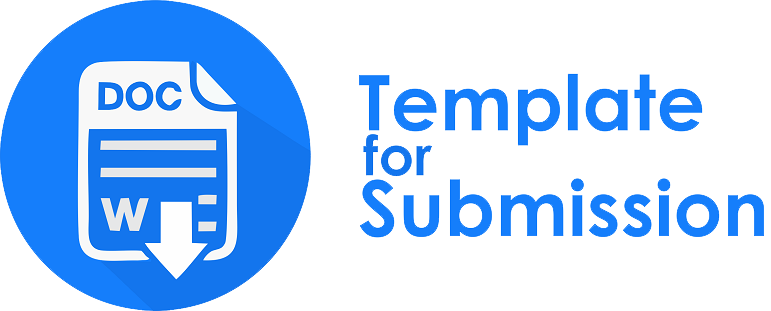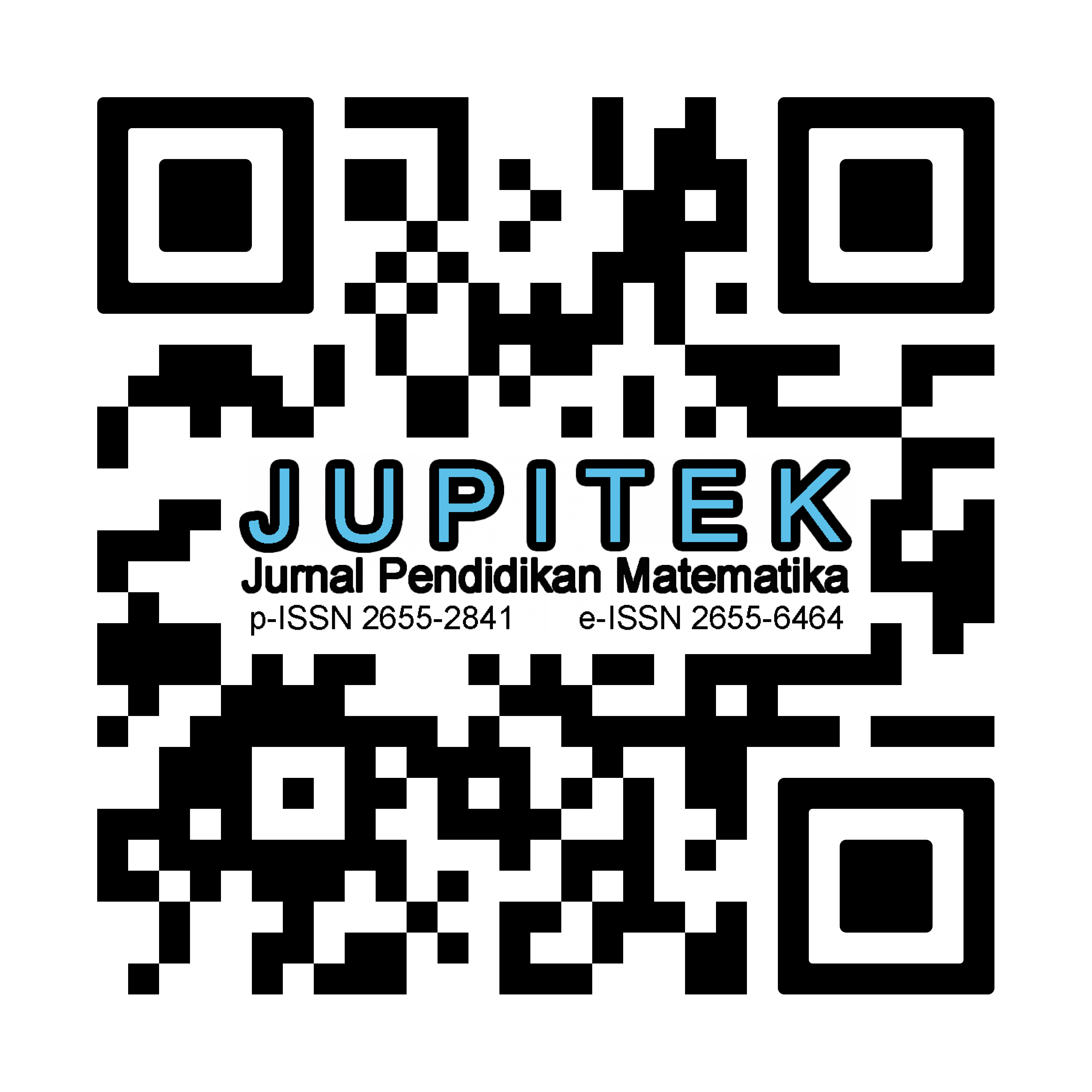PENGGUNAAN MODEL RASCH UNTUK ANALISIS INSTRUMEN TES PADA MATA KULIAH MATEMATIKA AKTUARIA
Abstract
This research was conducted to analyze the test instruments used to measure the ability of students in actuarial mathematics courses in mathematics department, State University of Malang. Participants in this course consist of 40 students. The form of questions given were multiple choice questions totaling 50 items related to the premium calculation material on life insurance. The Rasch model is used to get fit items. This analysis is carried out with the help of Winsteps software. From the Winsteps program output, 25 items were obtained fit to the Rasch model with an average MNSQ Outfit score for person and item 0.98 and 0.98, respectively. While the Outfit ZSTD value for person and item are 0 and -0.01 respectively. While the reliability of the instrument stated in alpha cronbach is 0.85
Downloads
References
Ardiyanti, D. (2016). Aplikasi Model Rasch pada Pengembangan Skala Efikasi Diri dalam Pengambilan Keputusan Karir Siswa. Jurnal Psikologi, 43(3), 248-263.
Aziz, R. (2015). Aplikasi model Rasch dalam pengujian alat ukur kesehatan mental di tempat kerja. Psikoislamika: Jurnal Psikologi dan Psikologi Islam, 12(2), 29-39.
Dunn, L., Morgan, C., O'Reilly, M., & Parry, S. (2003). The student assessment handbook: New directions in traditional and online assessment. Routledge.
Hambleton, R. K., Swaminathan, H., & Rogers, H. J. (1991). Fundamentals of item response theory. London: SAGE Publications. dalam Rangka Pengembangan Bank Soal. Jurnal Penelitian dan Evaluasi Pendidikan, 6(2).
Kustriyono. (2004). Penyusunan Perangkat Soal Ujian Akhir Mata Pelajaran SainsBiologi Dalam Rangka Pengembangan Bank Soal. Jurnal Penelitian dan Evaluasi Pendidikan 2 (VI): 175-198.
Sumintono, B., & Widhiarso, W. (2014). Aplikasi model Rasch untuk penelitian ilmu-ilmu sosial (edisi revisi). Bandung: Trim Komunikata Publishing House.
Rozeha, A. R., Azami, Z. & Mohd Saidfudin, M. (2007). Application of Rasch Measurement in Evaluation of Learning Outcomes: A Case Study in Electrical Engineering. Regional Conference on Engineering Mathematics, Mechanics, Manufacturing & Architecture 2007 (EM3ARC)
Sumintono, B., & Widhiarso, W. (2015). Aplikasi pemodelan rasch pada assessment pendidikan. Trim Komunikata.
Swaminathan, H., Hambleton, R. K, & Rogers, H. J. (2007). Assessing the fit of item response models. Handbook of Statistics, 26, 683-718.
Thissen, D., Nelson, L., Rosa, K., et al. 2001. Item Response Theory for Items Scored in More than Two Categories dalam D. Thissen & H. Wainer, Test Scoring (pp. 141-184). New Jersey: Lawrence Erlbaum Associates Publishers
Copyright (c) 2020 Azizah Azizah, Sapti Wahyuningsih

This work is licensed under a Creative Commons Attribution-NonCommercial-ShareAlike 4.0 International License.
License and Copyright Agreement
By submitting a manuscript to Jurnal Pendidikan Matematika (JUPITEK), the author(s) certify and agree to the following terms:
- Originality and Authority: The submitting author is authorized by all co-authors to enter into this agreement. The manuscript describes original work that has not been published previously in a peer-reviewed journal, nor is it under consideration for publication elsewhere.
- Approval: Its publication has been approved by all author(s) and by the responsible authorities of the institutions where the work was carried out.
- Rights: The authors secure the right to reproduce any material that has already been published or copyrighted elsewhere.
- Licensing and Copyright: Authors retain the copyright to their work.
- License Grant: The authors grant Jurnal Pendidikan Matematika (JUPITEK) the right of first publication, with the work simultaneously licensed under the Creative Commons Attribution-NonCommercial-ShareAlike 4.0 International (CC BY-NC-SA 4.0).
- Self-Archiving: Authors are permitted and encouraged to deposit the published version of their article in institutional repositories, on their personal websites, and other academic platforms, with proper acknowledgment of its initial publication in Jurnal Pendidikan Matematika (JUPITEK).






.png)


